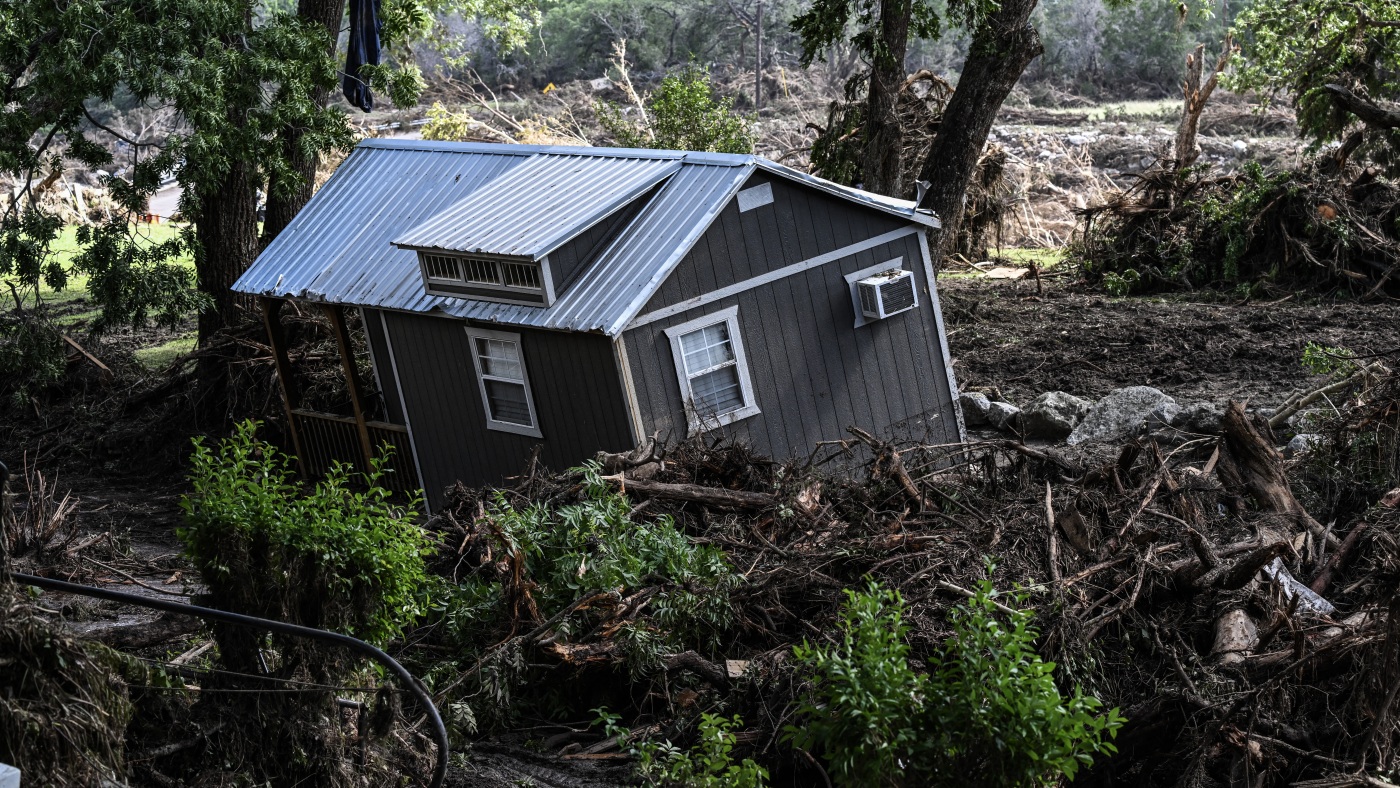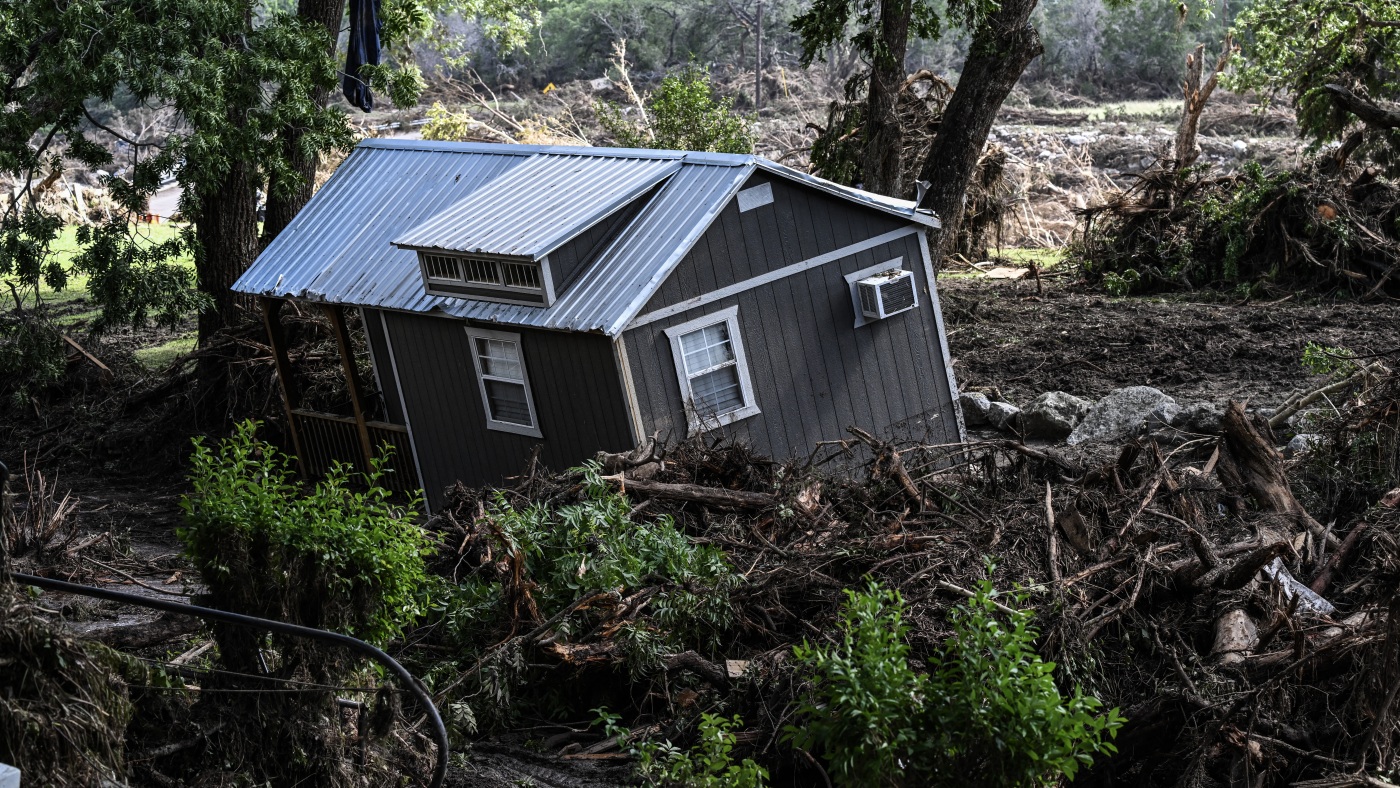The recent catastrophic floods in Texas have left an indelible mark on the state, exposing vulnerabilities in disaster preparedness and response systems while highlighting the resilience of affected communities. The deluge, which struck over the Fourth of July weekend, resulted in over 100 fatalities and left more than 160 individuals missing, underscoring the urgent need for improved infrastructure, warning systems, and emergency response protocols. This analysis explores the multifaceted dimensions of the Texas flood crisis, examining its immediate impact, the ongoing search and rescue efforts, and the broader implications for disaster management and recovery.
The Deluge: A Catastrophic Convergence of Factors
The Texas floods were triggered by an unprecedented convergence of meteorological and geographical factors. The torrential rainfall, which exceeded historical averages, overwhelmed drainage systems and riverbanks, leading to rapid and widespread inundation. Several key factors contributed to the severity of the disaster:
- Unprecedented Rainfall: The sheer volume of rainfall within a short period overwhelmed existing infrastructure, leading to flash floods that swept through towns and campsites with little warning. Meteorological data indicates that the region experienced rainfall rates not seen in decades, highlighting the increasing frequency of extreme weather events linked to climate change.
- Geographic Vulnerability: The topography of central Texas, characterized by steep hills and narrow river valleys, exacerbated the flooding. As water rushed downstream, it gained momentum and force, magnifying its destructive potential. The lack of natural barriers and the density of urban development in flood-prone areas further compounded the disaster.
- Inadequate Warning Systems: Many residents reported receiving inadequate or delayed warnings, hindering their ability to evacuate or take necessary precautions. This underscores the critical need for robust and timely alert systems, including real-time data sharing and community outreach programs. The disaster has spurred calls for the modernization of warning systems to ensure that vulnerable populations are informed and prepared.
The Human Cost: Loss, Grief, and Resilience
The human toll of the Texas floods is immeasurable. Families have been torn apart by the loss of loved ones, and communities are grappling with profound grief and trauma. Among the hardest-hit areas were campsites and rural communities, where residents had limited access to emergency services. The emotional wounds inflicted by the disaster will take years to heal, and the need for mental health support services will be paramount in the coming months.
Amid the sorrow, stories of resilience and heroism have emerged. Volunteers from across the state and beyond have converged on the affected areas, offering assistance with search and rescue operations, providing food and shelter, and helping to clear debris. These acts of kindness and solidarity offer a glimmer of hope amidst the darkness and demonstrate the unwavering spirit of the Texan people. Community organizations and faith-based groups have played a crucial role in mobilizing resources and providing emotional support to those in need.
The Search Continues: A Race Against Time
Days after the floods, search and rescue teams continue their grim task of combing through the debris in search of the missing. The effort involves a coordinated response from local, state, and federal agencies, utilizing specialized equipment and trained personnel. The search is fraught with challenges, including the vastness of the affected area, the presence of hazardous debris, and the passage of time, which diminishes the likelihood of finding survivors.
- Challenges and Obstacles: The search and rescue operations are hindered by the sheer scale of the disaster. The affected area spans hundreds of square miles, and the presence of contaminated water and unstable terrain makes the operation slow and arduous. The emotional strain on search teams is palpable, as they work tirelessly against the clock to locate the missing.
- Technological Assistance: Drones, sonar technology, and cadaver dogs are being deployed to aid in the search. These tools help to locate potential victims and navigate the difficult terrain. The use of advanced technology has proven invaluable in identifying high-risk areas and prioritizing search efforts.
- Community Involvement: Volunteers are playing a crucial role in supporting the search efforts, assisting with logistics, providing meals to the search teams, and offering emotional support to the families of the missing. The outpouring of community support has been instrumental in sustaining the search and rescue operations.
The Political Landscape: Scrutiny and Accountability
The Texas flood disaster has inevitably entered the political arena, with questions raised about the government’s response and preparedness. Critics have pointed to potential shortcomings in warning systems, infrastructure resilience, and disaster relief efforts. The political fallout from the disaster may have long-term consequences, with potential implications for upcoming elections.
- Governor Abbott’s Response: Governor Greg Abbott has vowed to continue the search and rescue efforts and has promised to provide resources for the affected communities. However, he has also faced scrutiny for his administration’s handling of the crisis. Critics argue that the state’s disaster preparedness plans were inadequate and that the response was slow to mobilize.
- Federal Aid and Intervention: The federal government has pledged support to Texas, with the Federal Emergency Management Agency (FEMA) providing assistance with disaster relief and recovery efforts. The extent and timeliness of federal aid will be crucial in helping the state rebuild. The disaster has highlighted the need for stronger coordination between state and federal agencies to ensure a swift and effective response.
- Political Fallout: The disaster may have long-term political consequences, with potential implications for upcoming elections. Voters will likely scrutinize the performance of elected officials and demand accountability for any perceived failures in disaster preparedness and response. The disaster has also sparked debates about the need for comprehensive climate policies to mitigate the risks of future disasters.
Lessons Learned: Strengthening Resilience for the Future
The Texas floods serve as a stark reminder of the vulnerability of communities to natural disasters and the importance of proactive measures to mitigate risk. Several key lessons can be learned from this tragedy:
- Investing in Infrastructure: Upgrading and maintaining infrastructure, such as drainage systems and levees, is essential to protect communities from flooding. The disaster has highlighted the need for long-term investments in infrastructure to enhance resilience to extreme weather events.
- Improving Warning Systems: Implementing robust and timely warning systems can give residents the opportunity to evacuate or take necessary precautions. The disaster has underscored the need for real-time data sharing and community outreach programs to ensure that vulnerable populations are informed and prepared.
- Enhancing Disaster Preparedness: Communities should develop comprehensive disaster preparedness plans, including evacuation routes, emergency shelters, and communication strategies. The disaster has revealed gaps in existing preparedness plans and the need for regular drills and training exercises to ensure that communities are ready to respond to emergencies.
- Promoting Public Awareness: Educating the public about flood risks and safety measures can help to reduce the impact of future disasters. The disaster has highlighted the need for targeted outreach programs to ensure that all residents, including those in rural and underserved communities, are aware of the risks and know how to protect themselves.
- Addressing Climate Change: The increasing frequency and intensity of extreme weather events, including floods, are linked to climate change. Taking action to reduce greenhouse gas emissions is crucial to mitigate the risks of future disasters. The disaster has underscored the need for comprehensive climate policies to address the root causes of extreme weather events.
Rebuilding and Recovery: A Long Road Ahead
The recovery process for the affected communities will be long and arduous. Rebuilding homes, businesses, and infrastructure will require significant financial resources and a coordinated effort from government agencies, private organizations, and volunteers. The disaster has highlighted the need for a comprehensive and sustainable recovery plan that addresses the immediate needs of affected communities while also building long-term resilience.
- Financial Assistance: Providing financial assistance to homeowners, businesses, and local governments is essential to help them rebuild and recover. The disaster has underscored the need for streamlined and accessible funding mechanisms to ensure that affected communities receive the support they need in a timely manner.
- Housing Solutions: Addressing the housing needs of displaced residents is a top priority. This may involve providing temporary shelter, repairing damaged homes, or building new affordable housing. The disaster has highlighted the need for innovative housing solutions that are resilient to extreme weather events.
- Economic Revitalization: Supporting businesses and creating jobs are crucial to revitalizing the local economy. The disaster has underscored the need for targeted economic development programs to help affected communities recover and thrive.
- Community Healing: Providing mental health services and fostering community engagement can help residents cope with trauma and rebuild their lives. The disaster has highlighted the need for comprehensive mental health support services to address the long-term emotional impact of the disaster.
A Flood of Sorrow, a Tide of Resolve
The Texas floods have inflicted immense suffering on the state and its people. The loss of life, the destruction of property, and the emotional trauma will linger for years to come. However, amidst the despair, the tragedy has also revealed the resilience, compassion, and unwavering spirit of the Texan people. As the state begins the long process of rebuilding and recovery, it is imperative that lessons are learned, proactive measures are taken, and communities are strengthened to face the challenges of the future. The memory of those lost must serve as a constant reminder of the importance of preparedness, resilience, and unity in the face of adversity. The Texas floods have exposed vulnerabilities in disaster management and response systems, but they have also provided an opportunity to build a more resilient and prepared future. By investing in infrastructure, improving warning systems, enhancing disaster preparedness, promoting public awareness, and addressing climate change, Texas can emerge from this tragedy stronger and more resilient. The road to recovery will be long and challenging, but with the support of government agencies, private organizations, and volunteers, the affected communities can rebuild and thrive. The memory of those lost will serve as a constant reminder of the importance of preparedness, resilience, and unity in the face of adversity.








